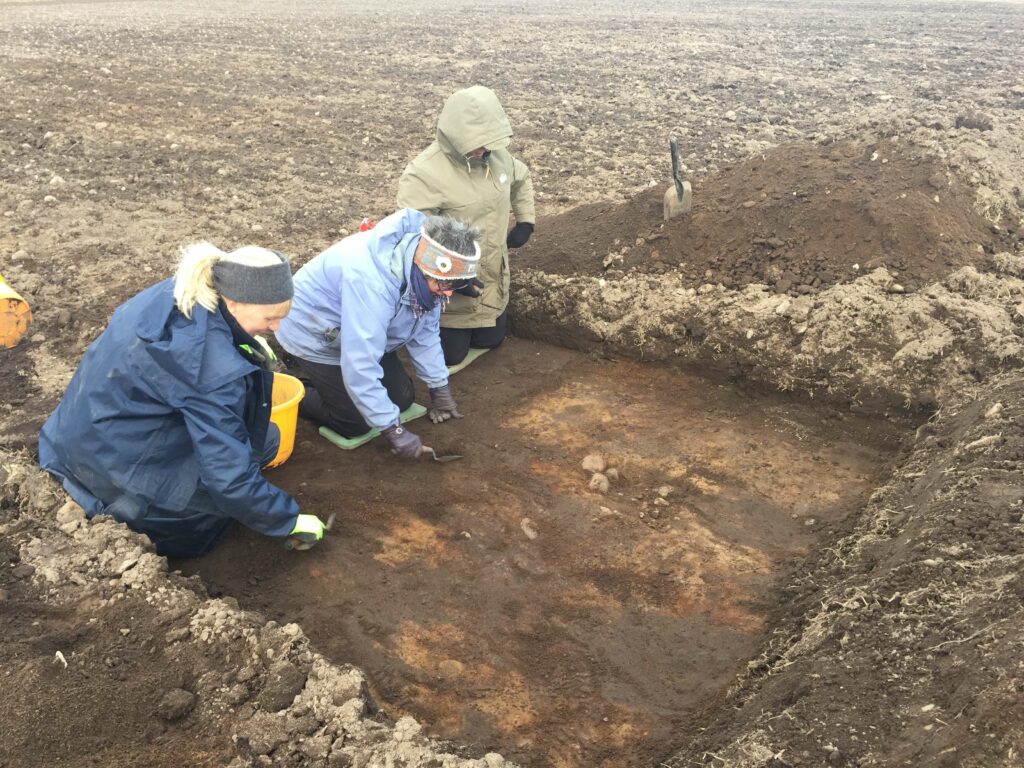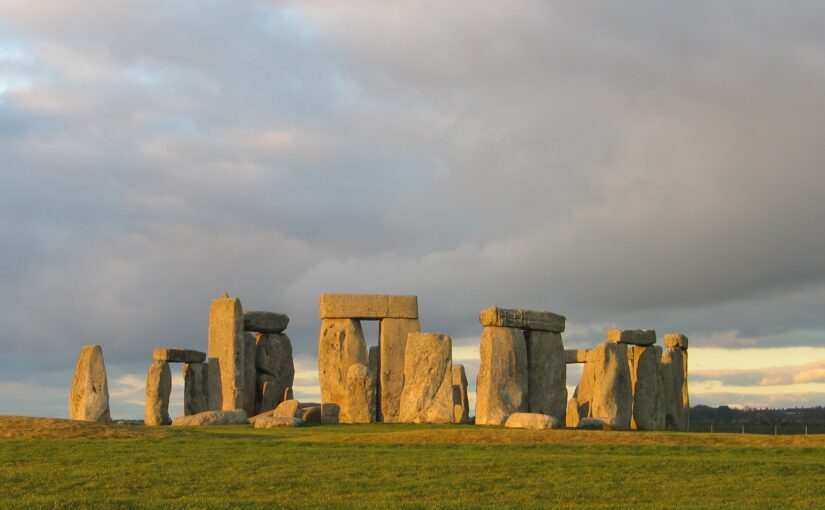There is no shortage of television coverage of ‘big-name’ sites like Stonehenge. As I write I am still digesting the ‘new’ revelations of last week’s programme on Channel Five which presented a detailed breakdown of research on the big pits surrounding Durrington Walls.

The programme had a lot to recommend it. It covered the investigation in detail, explained the thought processes of the team, why they were using the particular techniques in question, how they drew their conclusions, and the contribution made by the study to pre-existing research. One of the very positive features lay in the way in which the significance of landscape archaeology was emphasised. There were, however, negative aspects, not least the way in which research on Stonehenge was presented as exclusively a male preoccupation in which the female contribution was confined to presenting a running commentary linking us to previous research and the wider Neolithic world. Of course, this is a very necessary contribution, and one which is often overlooked. Nevertheless, to present women as passive commentators in the active world of archaeology does not reflect the reality of the profession and, more importantly, can hardly be encouraging to those considering entering the profession for a career.
I’m not totally naive and I understand why media coverage has to focus on the spectacular. It plays a significant role in keeping people interested in the minutiae of our investigations. But, there is a whole other world out there, one which rarely makes the national stage, though it does, increasingly and satisfyingly, get smaller-scale publicity.
Every week, if not every day, a host of local people gird their loins and venture out, whatever the weather, to walk and re-walk fields, to check the shores of lochs and rivers, to scan the dunes and cliffs of eroding beaches. Some take fancy equipment, others a simple bunch of plastic bags and a gps. Some have years of archaeological training, most do not. All have oodles of enthusiasm and experience.
These people are all archaeologists and their contribution is as significant as that of those who make up the high-profile teams. They find, and record, the nuts and bolts of the past – small sites, unremarkable finds: the detritus of the sort of everyday lives that most of us live. These are the lives that were experienced by people in the past. They are the lives that archaeology seeks to unravel and illustrate.
High status, glitzy, sites carry a reward of their own but they do little to illustrate the commonality of ordinary life in the past. We learn little of what it may have been like to be a Neolithic farmer while watching the presentation of the newest pits to surround Stonehenge. While those who bring this new detail to life and reap the rewards of media attention are certainly to be applauded, surely it is the host of hard work that goes on to unpick the details of the rest of the traces of the past that we should really be acknowledging. The people who find joy in the ‘boring’ material, who undertake the daily trudge come wind and rain; people on whom we can rely to continue to unearth the tiniest of details however mundane. They do not seek status or reward. But their contribution is no less important – to me it is more significant. Lets not lose sight of their input.
And, to return to a bugbear. We live in a diverse world. Diversity existed in the past. Archaeology is a diverse profession. Surely we do not need to make much of an effort to reflect that in all we do?

You must be logged in to post a comment.